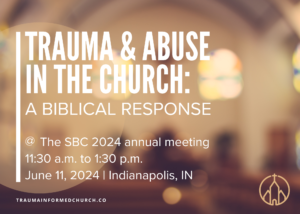Child Abuse Behaviors and Indicators
*Adapted from information provided by the National Society for the Prevention of Cruelty to Children (NSPCC).
Physical Abuse Example Behaviors
Possible Indicators:
|
Sexual Abuse Example BehaviorsInvolving child contact or non-contact sexual activity.
Possible Indicators:
|
Emotional Abuse Example BehaviorsEmotional abuse is pattern behavior. Here are some examples:
Possible Indicators:
|
Neglect Example Behaviors
Possible Indicators:
|
Note:
-
A child may also be subjected to a combination of different kinds of abuse
-
It is also possible that a child may show no outward signs of trauma.



 Click for more info and to register!
Click for more info and to register!